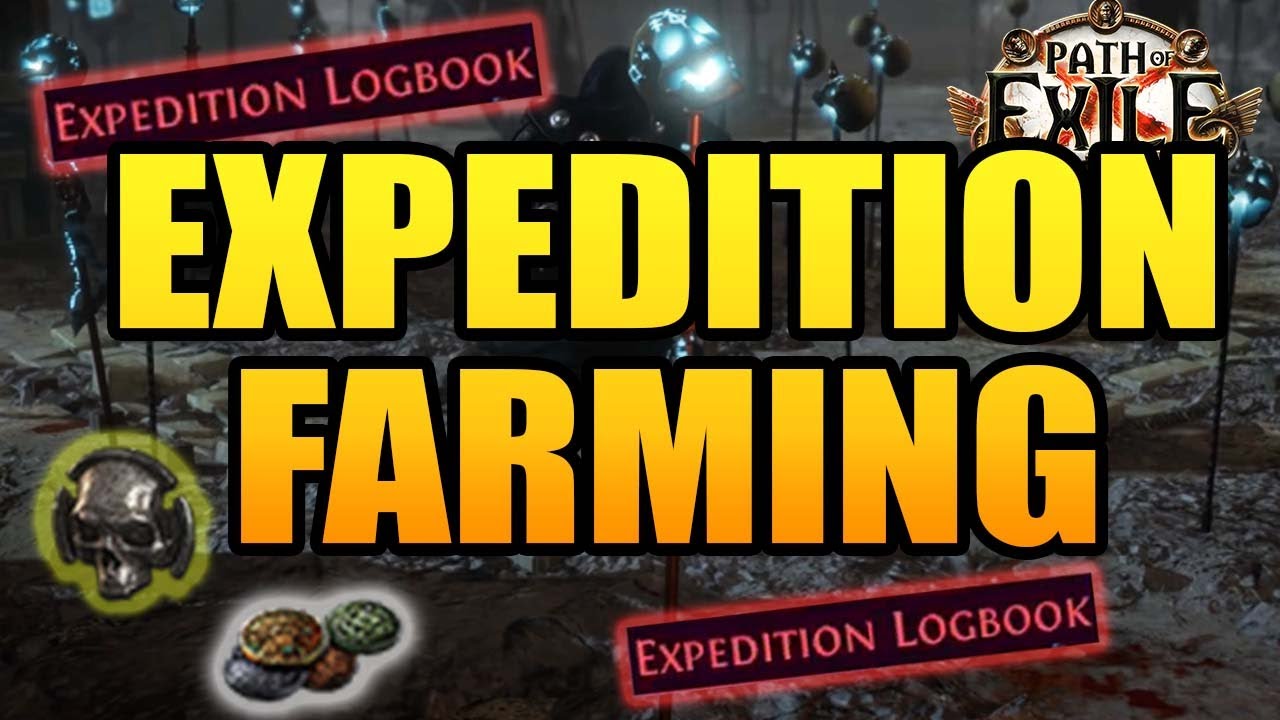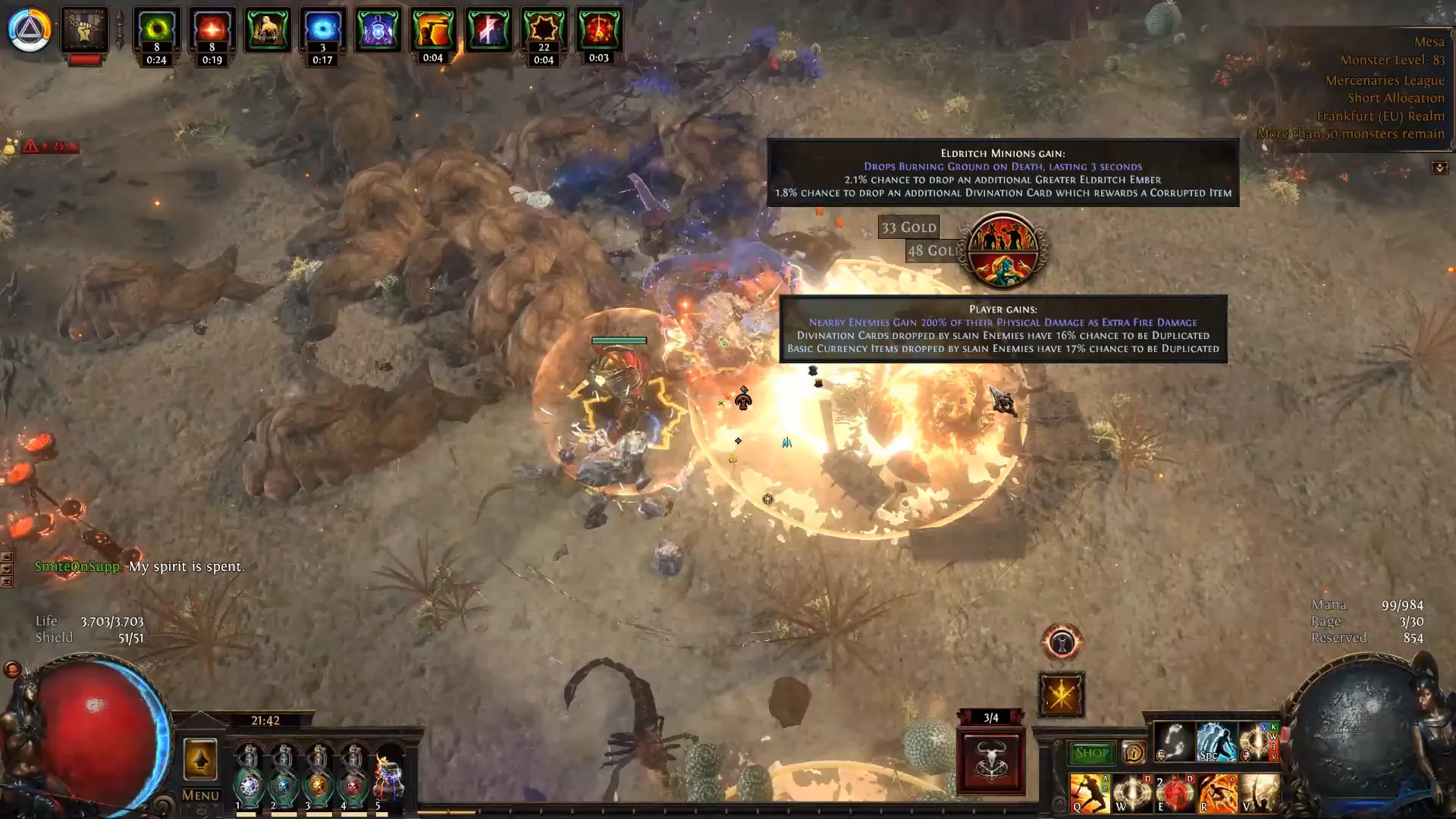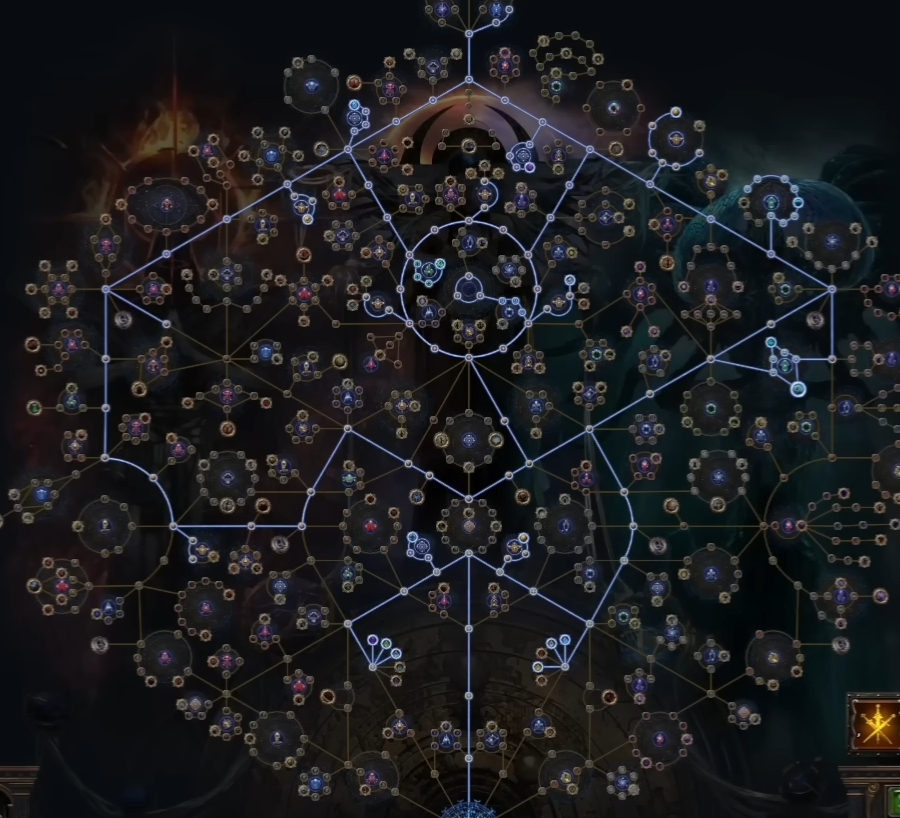In the game Path of Exile (PoE), making a lot of money quickly during the first week of a new league can greatly help your progress. Whether you’re new to PoE or an experienced player searching for the best ways to do this, this guide sums up the ideas about the methods used to earn a ton of currency in the Mercenaries League.
Each method works for characters with different levels of strength and money to invest—from players who have just started maps to those easily running Tier 16 content.
Let’s look at the three main farming plans and learn how to make the most of your time and earnings.
Strategy 1: Expedition Farming

Expedition is one of the most flexible and rewarding farming methods added in recent leagues. It’s great for new players because it gives a steady stream of money with very little need for trading with other players.
Also, this plan can be changed to work in all map tiers—from Tier 1 white maps up to Tier 16 red maps.
Why Choose Expedition?
- Tujen’s Reliable Currency Generation:
In PoE1, Tujen is basically a free money maker. By haggling, you can trade lower-value items with him for pure chaos, divines, and other rare currencies. Early in a league, you can haggle items like chance orbs and glassblowers baubles for good returns. As you get better, focus on items worth one chaos orb or more for better results. - Crafting Through Rog:
Rog lets players craft high-value items (boots, rings, weapons, etc.) based on luck. While crafting can give you valuable gear, the success is less predictable compared to Tujen’s steady money income. - Logbooks:
Logbooks are the best part of Expedition. They are among the most valuable rewards, offering high-profit potential. With logbooks, players can access more groups of monsters, high-value remnants, and extra areas to explore.
Optimal Expedition Setup:
To maximize Expedition profits:
- Atlas Passive Tree:
We recommend allocating points to guarantee expedition sites in every map. For example:- Take nodes like Buried Knowledge for log book drop rate increases.
- Use Extreme Archaeology, especially in PoE1, where faster clearing mechanics make the strategy highly effective.
- Avoid quantity-suppressing mechanics that reduce overall profitability.
- Map Device:
You can optimize reward scaling by using inexpensive mods (like map quantity increases) in your device without scarab investment early on.
Remnants and Explosive Placement:
When deciding on remnants to activate:
- Avoid those that make monsters immune to your damage type (e.g., immune to lightning if you deal lightning damage).
- Prioritize:
- Pack Size Increase
- Runic Monster Duplication
- Higher Item Quantity
Runic monster duplication is especially rare but offers immense payoffs when available.
Scarab Usage:
Scarabs can enhance your Expedition economic yield, though they’re optional. Consider strategies like:
- Expedition Scarab of Rune Finding: This doubles the number of Runic monster markers, significantly increasing rewards. While expensive, it can be worth the cost later in the league when you’re sustaining higher-tier maps more consistently.
- General Expedition Scarab: A more affordable option for newer players.
Estimated Earnings:
Expedition provides anywhere from a few divines per hour at lower tiers to 8–10 divines per hour with improved mapping and a lot of experience. Its appeal lies heavily in its accessibility and consistency across tiers.
Strategy 2: Settlers League Mapping

While majority of players are split on this mechanic (because it can be repetitive), Settlers League farming offers high-yield money farming with very little effort.
If Tujen haggling feels like too much work, this method provides a more simple approach using ports and shipments for rewards.
Why Settlers League?
- Gold-Farming Potential:
Gold farming is the core of Settlers League interactions. Spamming ore deposits with mechanics like guarded ore monsters ensures players can gather huge amounts of gold. Gold scales with item drop rarity—so items like a rarity flask with crafted rarity bonuses can greatly boost rewards. - Valuable Shipment Rewards:
By sending items like ores, crops, and bars to ports like King’s March and Karui ports, players gain random items, tattoos, and pure currency. Over time, it’s possible to build up massive wealth for minimal effort.
Atlas Setup:
I’ve outlined a simple Settlers League passive tree setup:
- Lost in Transit:
Replace ore deposits with lost shipments that provide random valuable rewards. - Verissium Ore:
Focus points on this node to increase the chance of encountering bosses like Black Knight. The shield dropped by Black Knight can sell for approximately 50+ divines.
Scarabs:
For Settlers League mapping, two scarabs are highly recommended:
- Calguran Scarab: Provides additional ore deposits, enhancing the number of monsters spawned per map.
- Calguran Scarab of Guarded Riches: Guarantees all monsters spawned from ore deposits are at least magic-tier, ensuring higher gold yield.
Gold Farming Recommendations:
In addition to general mapping plans, we suggest trying out Synthesized Maps or Distant Memories while Maven Witnessing.
These not only generate extra rare materials but also work well with other plans outlined below.
Strategy 3: Maven Witnessed Shrines

A more advanced approach, focusing on Maven invitations, maven-witnessed bosses, and shrines within Tier 16 maps.
This method centers on farming high-value awakened gems, scarabs, and synthesized map drops through destructive play mechanics.
How It Works:
- Setup:
Use Destructive Play in the Maven tree. This modifies Maven-witnessed bosses to spawn extra monsters on kill, providing additional chances for elder guardian memory fragments, scarab rewards, and synth map drops. - Map Chains:
Use atlas passive tree nodes like Shaping the World to sustain Tier 16 maps. Combine influencing scarabs like Conversion Scarab with Cartography Scarab of Escalation to ensure consistent map drops.
Valuable Drops:
- Awakened Gems: Regular Maven invitations yield gems like Awakened Void Manipulation and Unbound Ailments. These items regularly sell for 1-3 divines based on market pricing.
- Maven’s Rite: Completing Maven invitations grants a chance for Maven’s Rite, which sells for 60–100 chaos depending on market changes.
- Synthesized Map Drops: While rare, these drops can lead to even more profitable Cortex maps.
Budget Options and Long-Term Transition:
While stronger builds can include mechanics like Delirium scarabs, newer players should avoid high-cost optimization until late in the league or when their builds have scaled enough.
Maven remains competitive despite changes to Exarch/Eater altars due to its RNG-driven rewards favoring luckier players.
Combining Multiple Strategies:
Given the flexibility of atlas points, you can combine one of the above strategies with simpler Settlers League mapping.
Some passive tree nodes like Refiner’s Bargain allow synergistic dust generation from possessed monsters, complementing advanced recombinator farming setups.
Final Thoughts
Path of Exile league start offers immense opportunities for creativity in currency farming.
Whether you’re investing minimal effort through Settlers League, generating consistent divines with Expedition, or chasing high-impact drops through Maven’s playstyle, these strategies outlined by us cater to diverse player needs.
By carefully navigating mechanics like gold farming, haggling with Tujen, or optimizing with scarabs, you can achieve anywhere between several chaos orbs an hour to 10+ divines per hour with an optimized setup.
Long-term goals such as mirror shards or a full mirror of Kalandra can even become realistic for those sticking with these strategies diligently throughout the league.
Disclaimer: All pricing and numerical estimates are approximate and subject to change based on in-game economy fluctuations.




